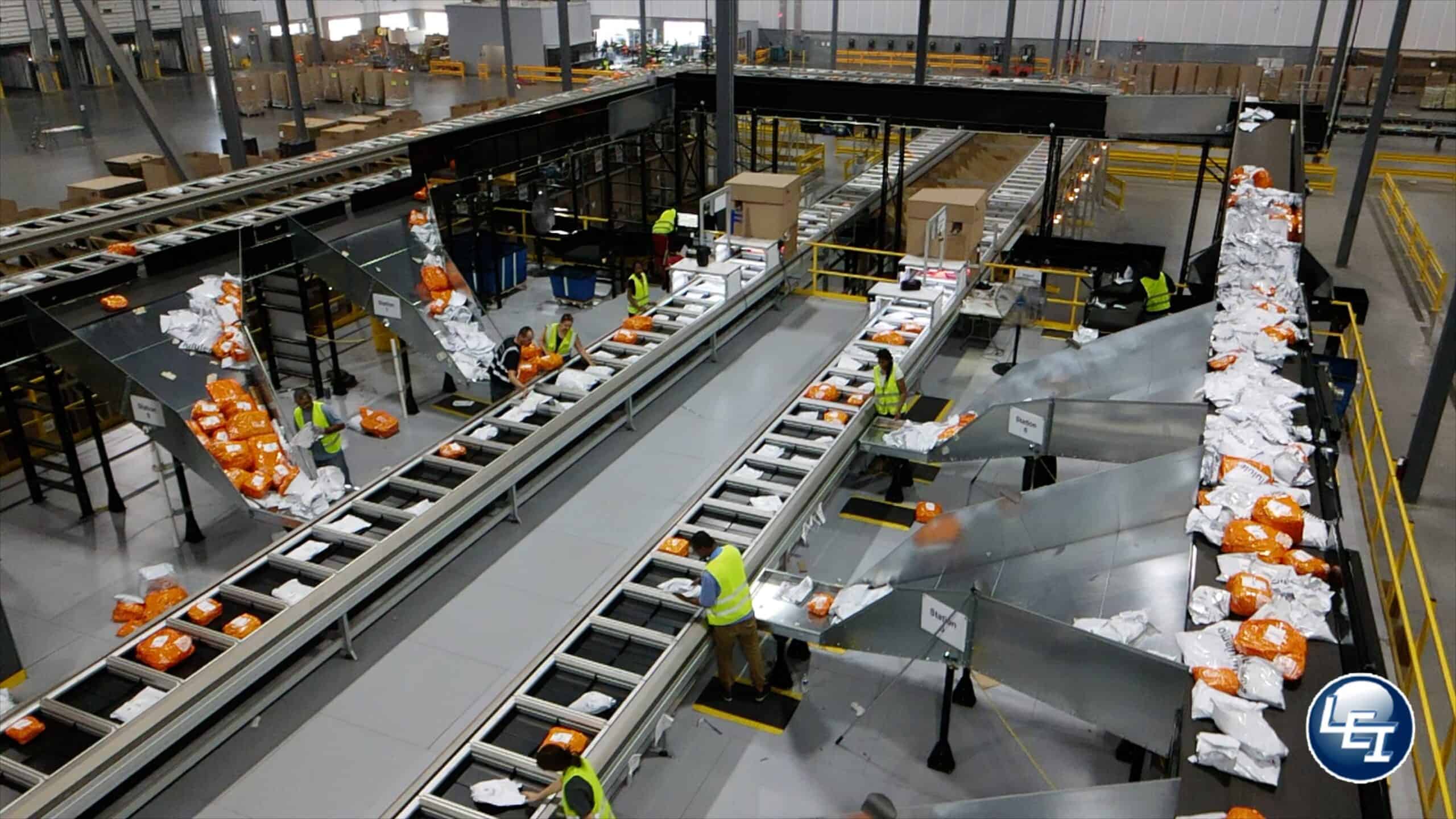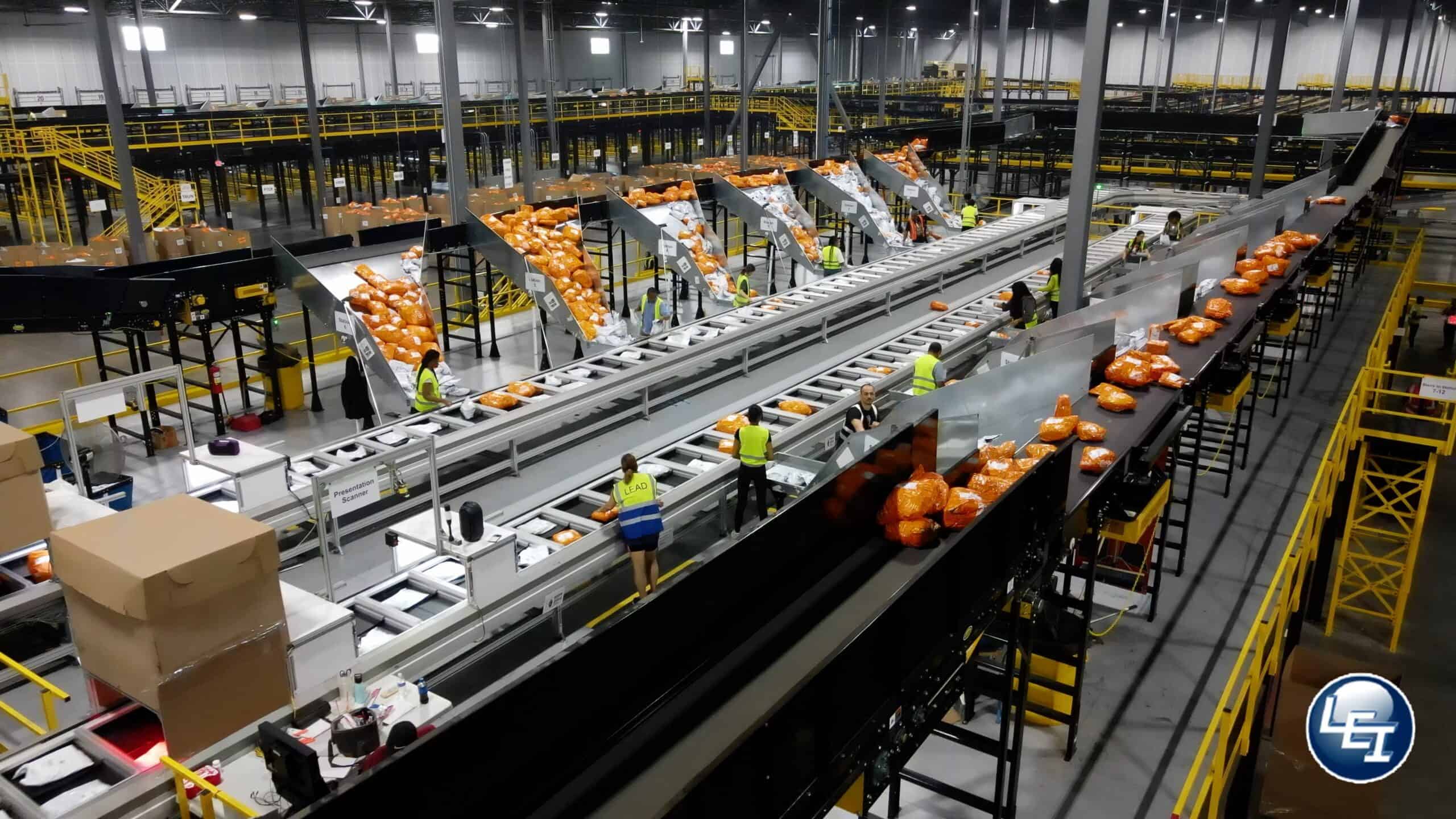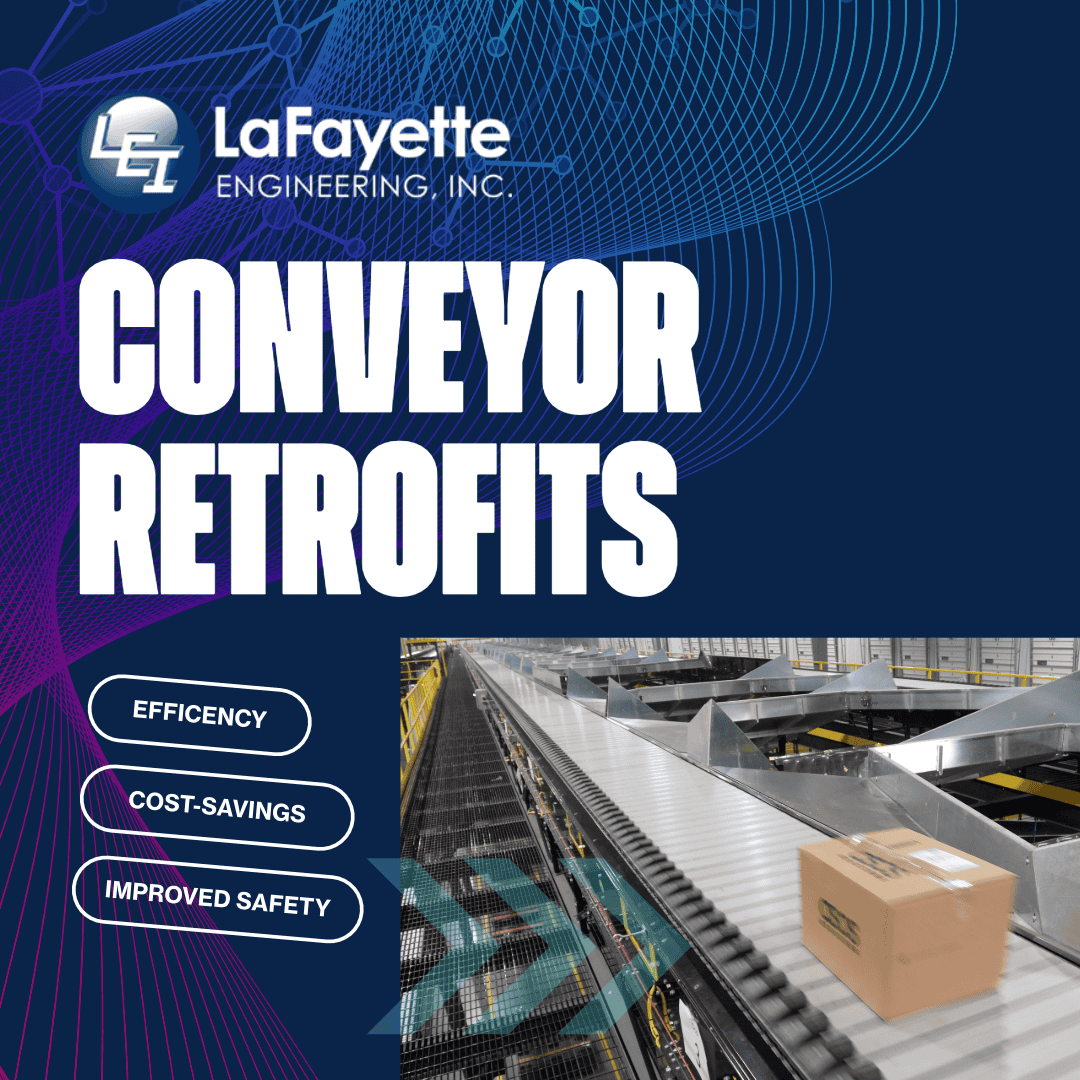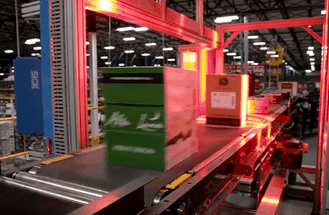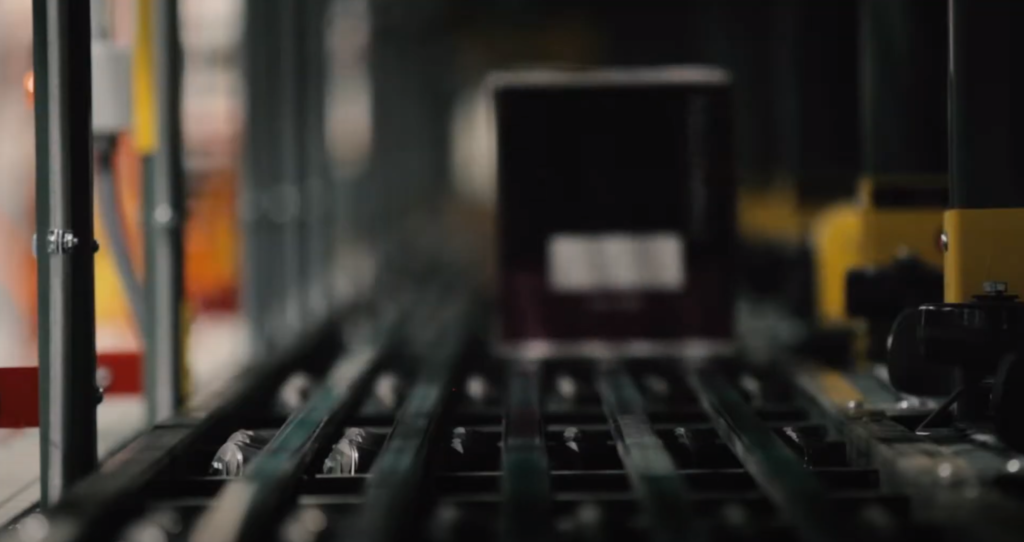Table of Contents
Sortation errors are the silent profit killers destroying warehouse operations across the globe. A single misrouted package doesn’t just cost the price of expedited shipping—it triggers a cascade of expenses including customer service calls, replacement shipments, damaged brand reputation, and lost future sales. Industry data reveals that sortation accuracy improvement can reduce operational costs by up to 45% while simultaneously boosting customer satisfaction scores by 60%.
The most shocking discovery? Companies implementing strategic sortation accuracy improvement systems report average annual savings of $2.8 million, with some large operations saving over $100 million through systematic error reduction.
At Lafayette Engineering, we’ve revolutionized sortation accuracy improvement for hundreds of clients over our 35-year history. Today, we’re revealing the insider strategies that transform error-prone operations into precision sorting machines that deliver 99.9% accuracy rates.
The Hidden Cost Crisis of Sortation Errors
Most warehouse managers dramatically underestimate the true cost of sortation errors. While the obvious costs like return shipping and labor are visible, the hidden costs can be 10-15 times larger and include long-term damage that compounds over years.
Direct Error Costs: The immediate expense of correcting a sortation error includes return transportation, additional handling labor, customer service intervention, and expedited re-shipment. These direct costs average $47 per error across all industries.
Indirect Operational Costs: Sortation errors create operational chaos that extends far beyond the individual mistake. These include inventory discrepancies, delayed shipments, resource reallocation, and system disruptions that impact overall facility efficiency.
Customer Relationship Damage: Perhaps most devastating are the long-term costs of customer dissatisfaction. Research shows that 73% of customers will switch to competitors after experiencing multiple delivery errors, representing lifetime value losses often exceeding $50,000 per lost customer.
Compliance and Regulatory Issues: In industries like pharmaceuticals, automotive, and food service, sortation errors can trigger regulatory investigations, recalls, and legal liability that cost millions of dollars.
The Science Behind Sortation Accuracy Improvement
Effective sortation accuracy improvement requires understanding the root causes of errors and implementing systematic solutions that address each potential failure point.
1. Human Error Elimination Through Automation
Manual sortation processes have inherent error rates of 1-3% due to human factors like fatigue, distraction, and misidentification. Strategic sortation accuracy improvement replaces error-prone manual processes with automated systems that achieve 99.9% accuracy rates.
Our high-speed sortation systems utilize advanced scanning technology, weight verification, and dimensional checking to ensure every product is correctly identified and routed. Multiple validation points throughout the process provide redundant error checking that catches and corrects mistakes before they impact customers.
2. Real-Time Error Detection and Correction
Advanced sortation accuracy improvement systems incorporate real-time monitoring that detects errors as they occur and automatically initiates correction procedures. This includes:
Continuous Product Tracking: Every item receives a unique identifier that’s tracked throughout the entire sortation process, enabling instant detection of routing errors or missing items.
Automated Exception Handling: When errors are detected, the system automatically diverts products to exception processing areas where corrective action can be taken without disrupting overall operations.
Predictive Error Prevention: Machine learning algorithms analyze patterns in sortation data to predict and prevent errors before they occur, continuously improving system accuracy over time.
3. Integration with Warehouse Management Systems
Sortation accuracy improvement requires seamless integration with warehouse management systems (WMS) to ensure product information, routing instructions, and inventory data remain synchronized throughout the process.
Our control systems interface directly with leading WMS platforms to receive real-time routing updates, inventory adjustments, and order modifications that impact sortation decisions.
Revolutionary Sortation Accuracy Improvement Technologies
Modern sortation accuracy improvement leverages cutting-edge technologies that enable precision levels previously thought impossible in high-speed operations.
Advanced Scanning and Identification
Multi-dimensional barcode scanning, RFID reading, and optical character recognition (OCR) systems provide multiple methods for accurate product identification. If one identification method fails, backup systems ensure products are correctly processed.
These systems can read damaged barcodes, process multiple labels simultaneously, and verify product information against database records to prevent errors before they occur.
Dynamic Weighing and Dimensioning
Integrated weighing and dimensioning systems provide additional verification points that catch errors missed by scanning systems. Products that don’t match expected weight or dimension parameters are automatically flagged for manual verification.
This technology is particularly effective for catching “phantom picks” where wrong products are selected, substitution errors where similar items are confused, and quantity errors where multiple items are processed as single units.
Artificial Intelligence and Machine Learning
AI-powered sortation accuracy improvement systems continuously learn from operational data to identify error patterns and optimize sorting algorithms. These systems can predict which products are most likely to be missorted and implement additional verification procedures for high-risk items.
Machine learning algorithms analyze factors like product characteristics, order patterns, seasonal variations, and operator performance to continuously improve sortation accuracy without human intervention.
Case Study: Transforming Sortation Accuracy for E-Commerce Giant
A major e-commerce fulfillment center was experiencing sortation error rates of 2.1%, resulting in over $8 million annually in error-related costs and serious customer satisfaction issues.
The Challenge: Processing 150,000 packages daily with manual sortation methods was creating an unsustainable error rate that threatened the company’s growth plans and customer relationships.
Our Sortation Accuracy Improvement Solution:
- Implemented high-speed automated sortation systems with 99.9% accuracy rates
- Integrated multi-point verification including scanning, weighing, and dimensional checking
- Deployed real-time error detection and automatic correction systems
- Created predictive analytics for error prevention and continuous improvement
Dramatic Results:
- 95% reduction in sortation errors (from 2.1% to 0.1%)
- $7.6 million annual savings in error-related costs
- 78% improvement in customer satisfaction scores
- 340% increase in sortation capacity with improved accuracy
- ROI achieved in 11 months
Strategic Implementation of Sortation Accuracy Improvement
Successful sortation accuracy improvement requires a systematic approach that addresses both technology and process optimization while minimizing operational disruption.
Phase 1: Error Analysis and Root Cause Identification
Sortation accuracy improvement begins with comprehensive analysis of current error patterns to identify specific causes and prioritize improvement opportunities.
Error Categorization: Systematic classification of all sortation errors by type, frequency, cost impact, and root cause to focus improvement efforts on highest-impact areas.
Process Mapping: Detailed analysis of current sortation workflows to identify error-prone steps and optimization opportunities.
Technology Assessment: Evaluation of existing equipment capabilities and integration requirements for accuracy improvement systems.
Performance Benchmarking: Establishment of baseline accuracy metrics and improvement targets for measuring project success.
Phase 2: Solution Design and Validation
Based on error analysis findings, our engineering team develops comprehensive sortation accuracy improvement solutions tailored to your specific operational requirements and error patterns.
All solutions undergo rigorous simulation testing and pilot implementation to validate accuracy improvements before full-scale deployment.
Phase 3: Phased Implementation and Training
Sortation accuracy improvement implementation occurs in carefully planned phases to maintain operational continuity while systematically reducing error rates.
Comprehensive training programs ensure operators understand new procedures and can effectively utilize accuracy improvement technologies.
Measuring Sortation Accuracy Improvement Success
Effective sortation accuracy improvement must be measured through comprehensive metrics that capture both error reduction and operational impact.
Primary Accuracy Metrics:
- Error Rate: Percentage of items sorted incorrectly
- First-Pass Accuracy: Percentage of items sorted correctly without rework
- Error Detection Rate: Percentage of errors caught and corrected before shipment
- Error Resolution Time: Average time required to correct detected errors
Operational Impact Metrics:
- Customer Satisfaction: Surveys and retention rates related to delivery accuracy
- Cost Per Error: Total cost impact of sortation errors including all direct and indirect costs
- Processing Throughput: Items processed per hour with improved accuracy systems
- Labor Productivity: Reduction in error correction labor requirements
Financial Performance Metrics:
- Cost Savings: Total reduction in error-related costs including shipping, labor, and customer service
- Revenue Protection: Retained sales from improved customer satisfaction
- ROI: Return on investment from sortation accuracy improvement systems
Advanced Sortation Accuracy Improvement Strategies
Leading companies are implementing increasingly sophisticated approaches to sortation accuracy improvement that go beyond traditional error reduction methods.
Predictive Error Prevention
Advanced sortation accuracy improvement systems use machine learning algorithms to predict which items are most likely to be missorted based on historical data, product characteristics, and operational conditions.
These predictive systems automatically implement enhanced verification procedures for high-risk items, preventing errors before they occur rather than detecting and correcting them after the fact.
Dynamic Quality Control
Smart sortation accuracy improvement systems continuously adjust quality control parameters based on real-time performance data. When error rates increase, additional verification steps are automatically activated until accuracy returns to acceptable levels.
This dynamic approach ensures optimal balance between throughput speed and accuracy requirements while minimizing unnecessary quality control overhead during high-performance periods.
Cross-Validation Systems
Multiple independent verification systems provide redundant checking that catches errors missed by individual technologies. This might include barcode scanning combined with weight verification, dimensional checking, and optical character recognition.
Cross-validation sortation accuracy improvement systems can achieve accuracy rates exceeding 99.95% by implementing multiple verification points throughout the sortation process.
Industry-Specific Sortation Accuracy Improvement Challenges
Different industries face unique sortation accuracy improvement challenges that require specialized solutions and approaches.
E-Commerce and Retail
E-commerce operations must handle enormous product variety with high-speed throughput requirements. Sortation accuracy improvement solutions must accommodate everything from tiny jewelry items to large appliances while maintaining consistent accuracy rates.
Seasonal demand fluctuations require sortation accuracy improvement systems that can scale capacity while maintaining precision during peak periods like holiday shopping seasons.
Pharmaceuticals and Healthcare
Pharmaceutical sortation requires 100% accuracy due to patient safety considerations and regulatory requirements. Sortation accuracy improvement systems must include enhanced verification procedures, lot tracking, and expiration date monitoring.
Temperature-sensitive products require specialized handling procedures integrated into sortation accuracy improvement systems to maintain product integrity while ensuring routing precision.
Automotive and Manufacturing
Manufacturing environments require sortation accuracy improvement systems that can handle parts with similar appearance but different specifications. Advanced identification technologies including RFID and vision systems ensure correct routing of critical components.
Just-in-time manufacturing requires sortation accuracy improvement systems that coordinate with production schedules to deliver correct parts precisely when needed.
Future Trends in Sortation Accuracy Improvement
The sortation accuracy improvement landscape continues evolving as new technologies emerge and accuracy requirements become more stringent.
Vision System Integration: Advanced computer vision systems will enable sortation accuracy improvement through visual product identification, damage detection, and quality verification that exceeds current scanning technologies.
Blockchain Verification: Distributed ledger technologies will enable sortation accuracy improvement through immutable tracking records that prevent errors and provide complete audit trails for regulated industries.
Augmented Reality Assistance: AR-guided sortation accuracy improvement will provide operators with real-time visual guidance for complex sorting tasks while maintaining high accuracy rates.
According to research from the Material Handling Institute, these emerging technologies will enable sortation accuracy improvement systems to achieve accuracy rates exceeding 99.99% while handling increasingly complex product mixes.
The Competitive Advantage of Superior Sortation Accuracy
Companies implementing comprehensive sortation accuracy improvement strategies gain significant competitive advantages that extend far beyond error cost savings.
Customer Loyalty: Superior sortation accuracy improvement creates customer experiences that build long-term loyalty and positive word-of-mouth marketing that drives organic growth.
**

